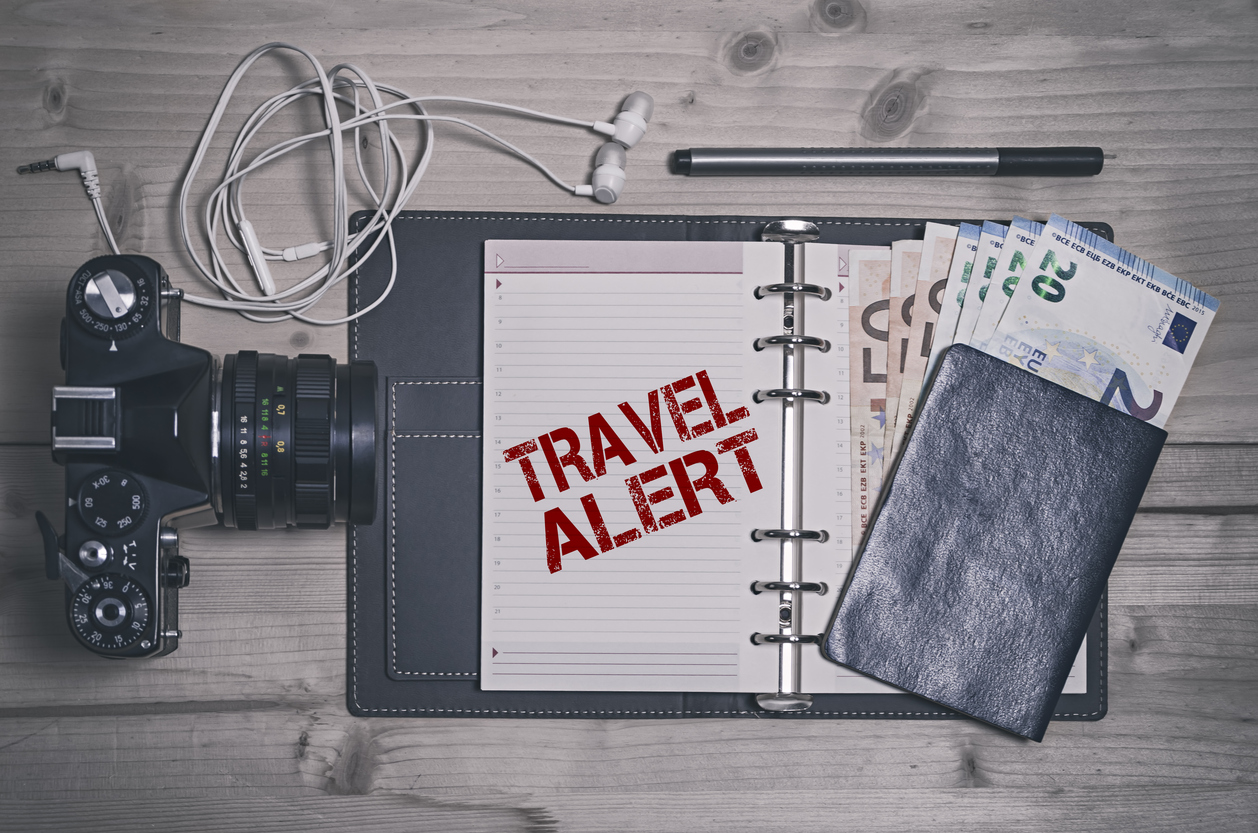
You’re planning a trip and see a travel advisory pop up. Level 2? Level 3? A red warning box on the State Department website? The language sounds vague — “exercise caution,” “reconsider travel” — but the stakes can feel high.
In 2025, with global volatility, political shifts, and climate-related disruptions on the rise, travel advisories are being updated more often — and travelers need to understand what they actually mean.
Here’s a breakdown of what each level means, how to interpret them in context, when to take them seriously, and when not to panic.
Who Issues Travel Advisories?
In the U.S., the State Department is the main source. Other countries — like Canada, the UK, and Australia — publish their own advisories, often with different wording or threat assessments.
It’s smart to check multiple sources before making a decision, especially if you’re traveling to a high-risk or rapidly changing region.
The U.S. Travel Advisory System: The Four Levels
Each country is assigned a level based on safety risks, infrastructure, civil unrest, terrorism, crime, health, and natural disasters.
Here’s what each one really means:
Level 1: Exercise Normal Precautions
This is the baseline. It means:
- No significant threats to travelers
- Stable infrastructure and health services
- Common-sense travel safety applies
Examples: Portugal, Japan, Iceland, South Korea
Takeaway: Go. Plan as normal. Use standard travel awareness — but there’s no special cause for concern.
Level 2: Exercise Increased Caution
There’s a higher-than-average risk — but not enough to stop you from going. This level may be triggered by:
- Political protests
- Sporadic crime targeting tourists
- Health concerns (e.g., localized outbreaks or access issues)
- Minor terror threats or past incidents
Examples: Mexico, Italy (due to crime in specific regions), Peru (political unrest), South Africa (crime)
Takeaway: Don’t cancel your trip — but do your research. Know which areas to avoid, what to watch out for, and how to stay situationally aware. This level is extremely common and often misunderstood as dangerous. It’s not.
Level 3: Reconsider Travel
This level signals a serious concern. The government is not saying “don’t go,” but it’s saying you need to think hard before you do.
Common reasons:
- Civil unrest or demonstrations that could disrupt services or safety
- High rates of violent crime or kidnapping
- Unreliable healthcare infrastructure
- Ongoing terrorism threats or insurgent activity
- Major natural disasters with incomplete recovery
Examples: Lebanon, Colombia (some areas), Egypt (outside main tourist zones)
Takeaway: If you’re going, you need a plan. Avoid certain areas. Consider travel insurance. Register with STEP (Smart Traveler Enrollment Program). Know where your embassy is. This level often varies within the country — not everywhere is equally affected.
Level 4: Do Not Travel
This is the highest level — and the clearest warning. The government strongly advises against all travel to the country or region due to extreme risks.
Why this level is issued:
- War or armed conflict
- Government collapse or lawlessness
- Ongoing terrorism targeting foreigners
- Widespread violent crime, including kidnappings
- Natural disasters with no infrastructure support
Examples: Syria, Afghanistan, parts of Sudan, North Korea
Takeaway: Travel here is dangerous. If you go anyway, you’re largely on your own — consular help may be extremely limited or unavailable. Most travel insurance policies won’t cover you in Level 4 zones.
What to Know About Country-Wide vs. Regional Advisories
Many Level 2 or Level 3 advisories are not country-wide. They often refer to specific regions or cities.
For example:
- Mexico is often listed as Level 2 or 3, but popular tourist areas like Cancun, Mexico City, and Oaxaca are generally safe with basic precautions.
- Colombia may be Level 3, but Cartagena and Medellín are common and safe travel destinations with vibrant tourism.
Smart move: Read the full advisory, not just the level. There’s nuance inside the details.
How Often Are Travel Advisories Updated?
Advisories are updated as conditions change — sometimes every few weeks for unstable countries, or every few months for stable regions.
You can track updates directly at travel.state.gov or subscribe to country-specific email alerts. International travelers should also sign up for the STEP program to get real-time updates while abroad.
What About Health Advisories?
Travel health risks are usually handled by the CDC or WHO, and may exist separately from political or security advisories.
Examples:
- Yellow fever vaccination requirements
- COVID-19 spikes or new variants
- Dengue or malaria outbreaks
- Water sanitation concerns
Check CDC Travel Health Notices alongside your State Department research — especially for Africa, South America, and parts of Asia.
Should You Cancel a Trip Over a Travel Advisory?
It depends. Ask yourself:
- Is the level related to a region I won’t be visiting?
- Are the risks manageable with common-sense precautions?
- Is there a specific threat to tourists, or just general caution for locals?
- Do I have insurance that covers cancellations or emergencies?
Level 2: Absolutely not — just be informed.
Level 3: Maybe — reconsider or reroute.
Level 4: Almost always yes — unless you’re a journalist, aid worker, or have local ties and a support network.
What Travel Insurance Does (and Doesn’t) Cover
Many policies won’t reimburse you just because an advisory is issued after you’ve booked. However:
- Cancel for Any Reason (CFAR) policies give you more flexibility.
- Most policies exclude war zones and regions under Level 4 advisory.
- Evacuation coverage is crucial if you’re entering high-risk zones — make sure it’s included.
Read the fine print. Call and ask if your destination is covered under current conditions.
Travel advisories are tools, not absolute red lights. Level 2 doesn’t mean “dangerous.” Level 4 doesn’t mean “everywhere.” The key is reading between the lines, using context, and planning accordingly.
In 2025, the world is still open — but the smart traveler isn’t just checking flight prices. They’re checking risk, reading advisories, and making informed decisions based on real data — not headlines or fear.
Because travel is still worth it — you just need to know where, when, and how to go.







